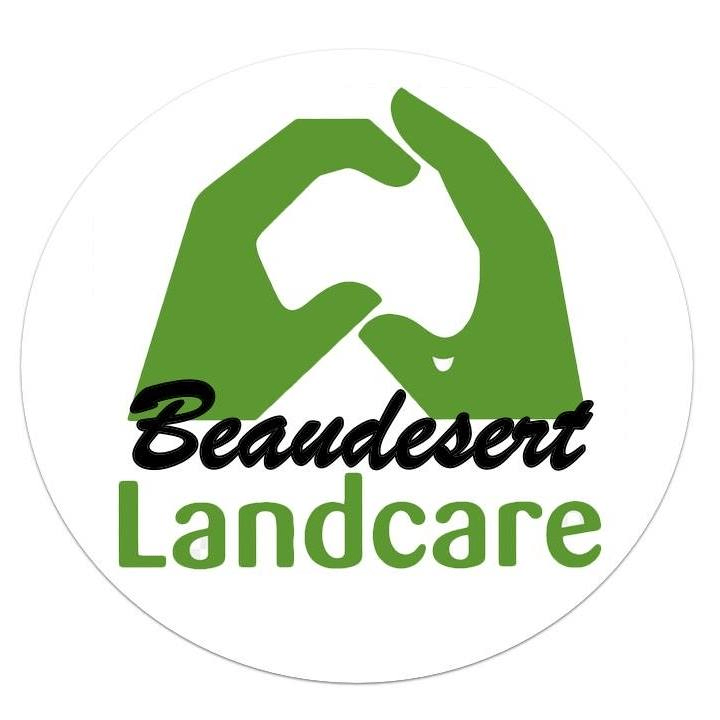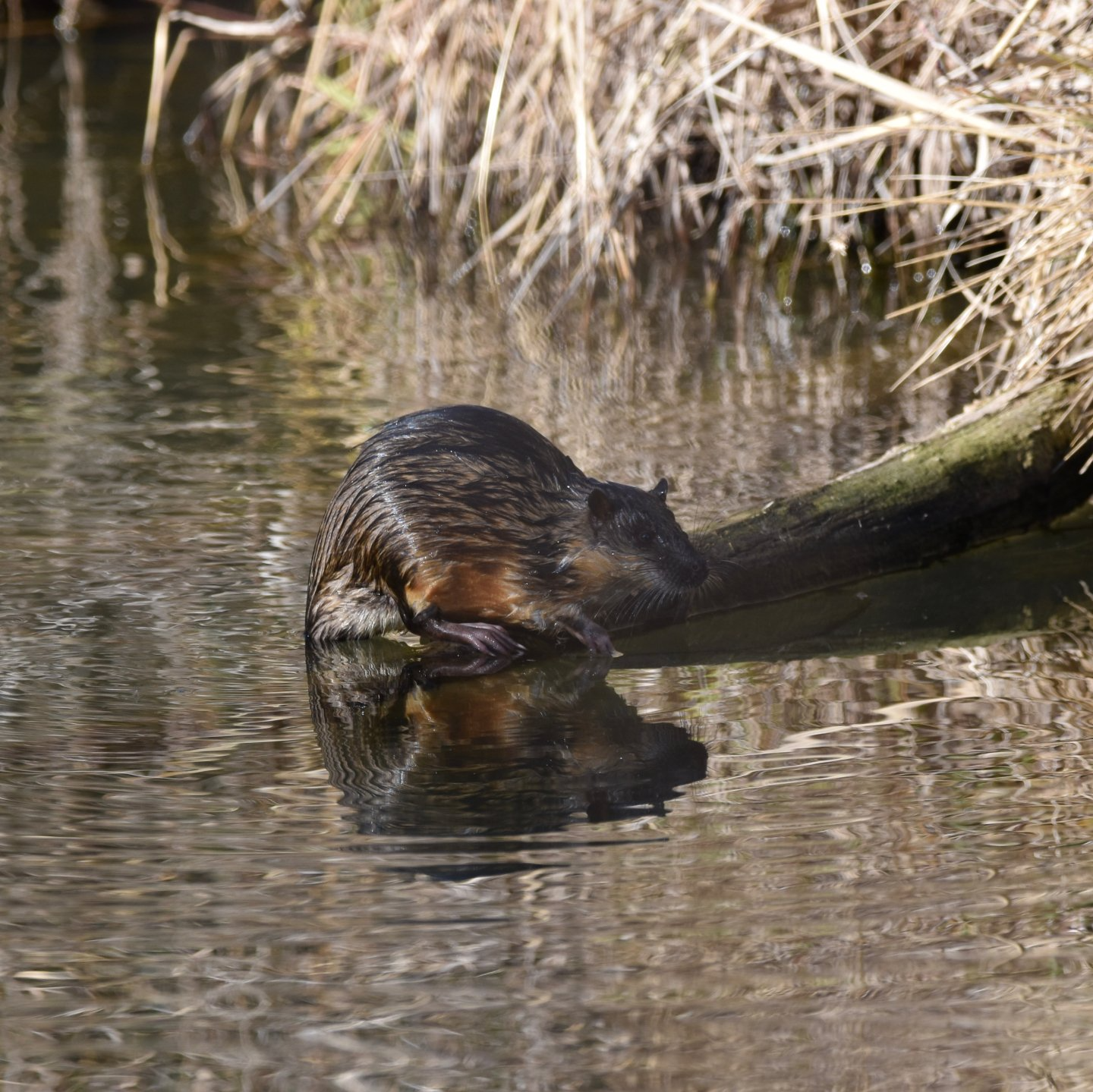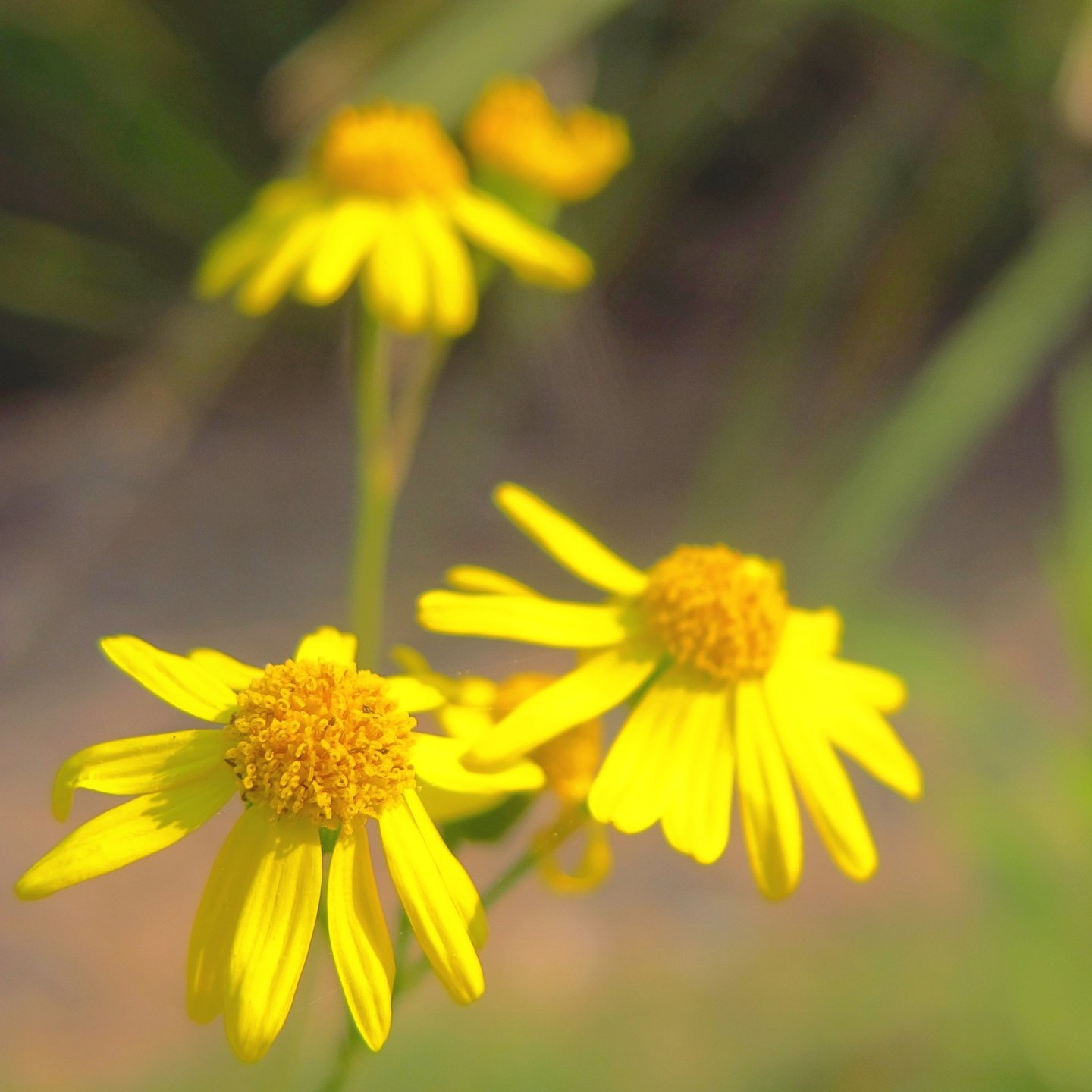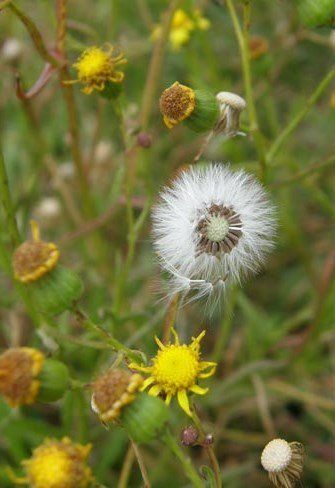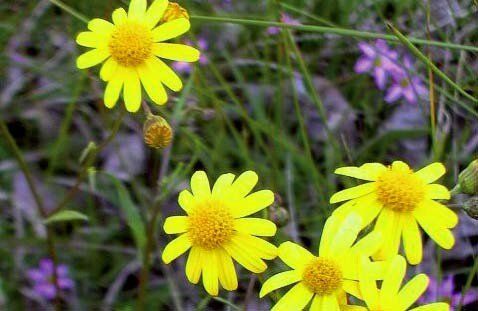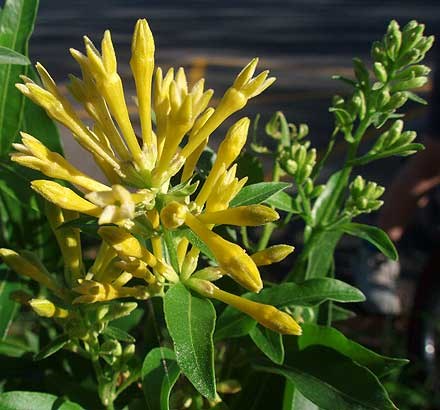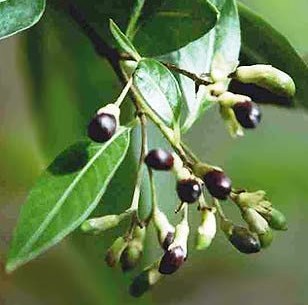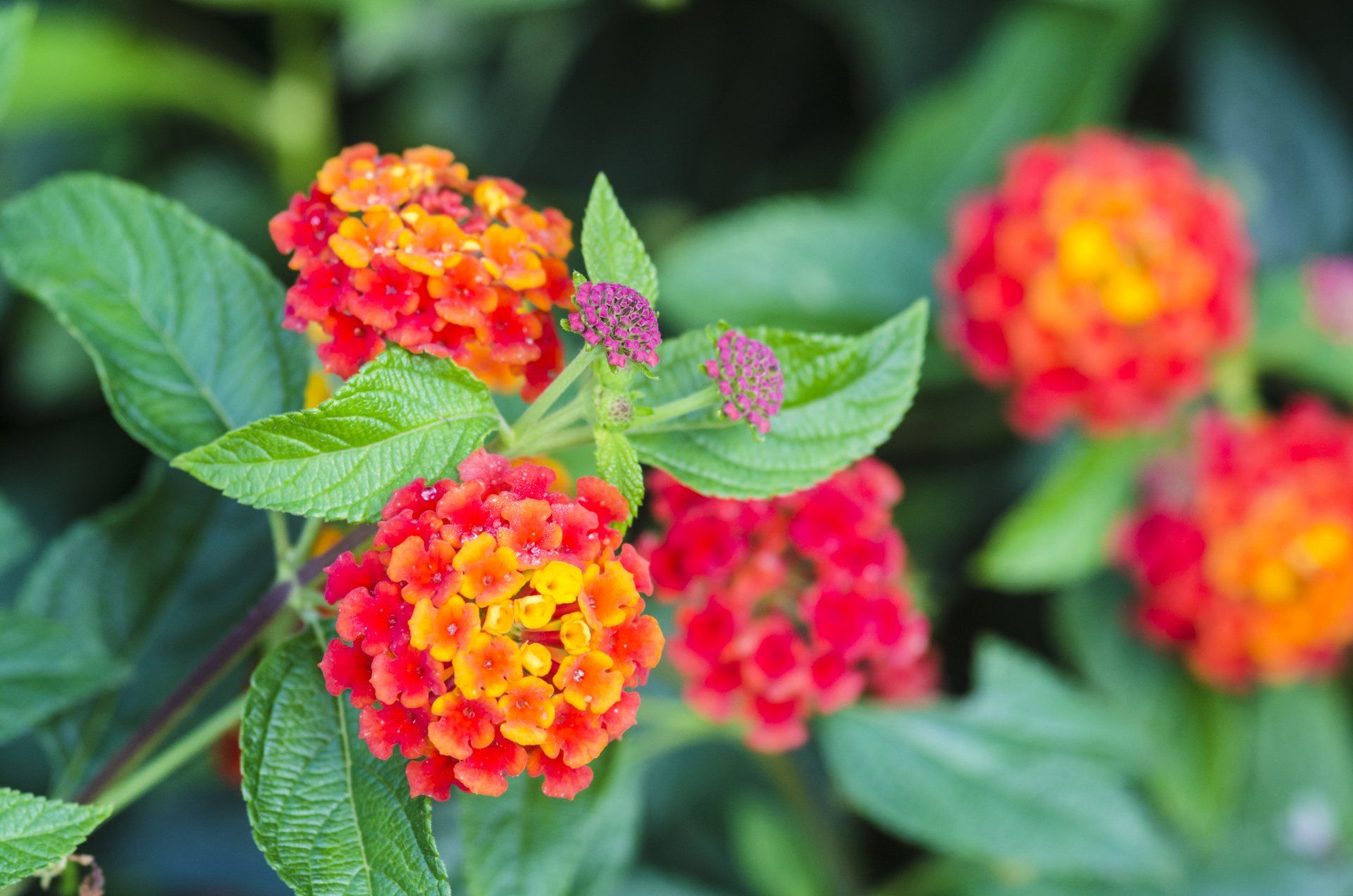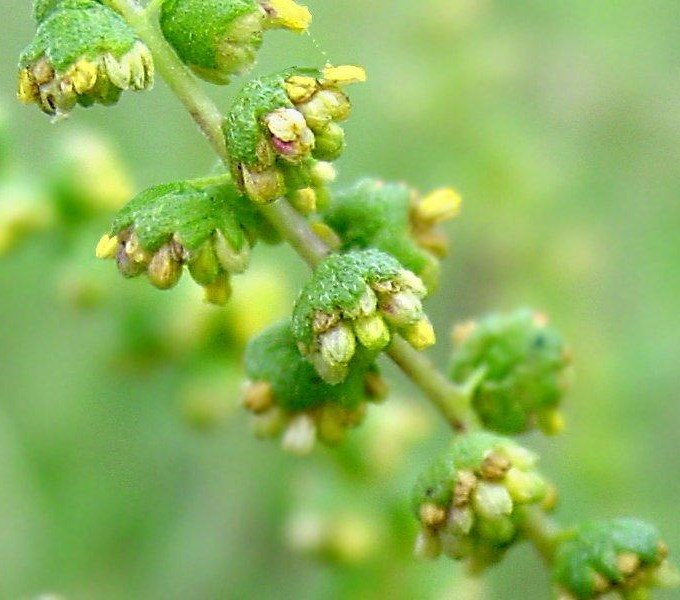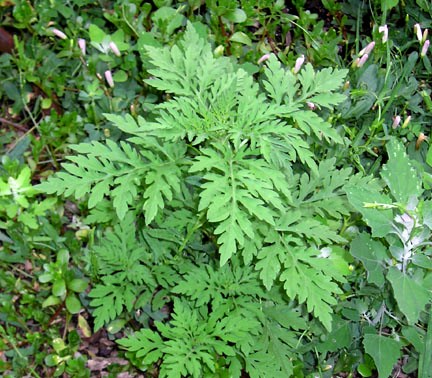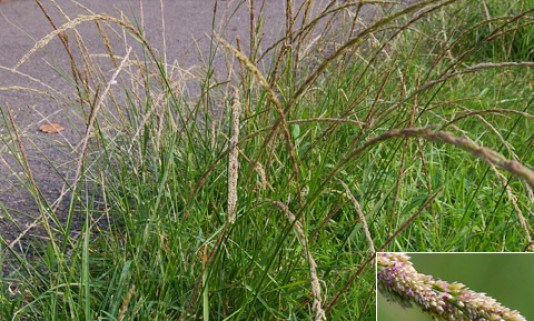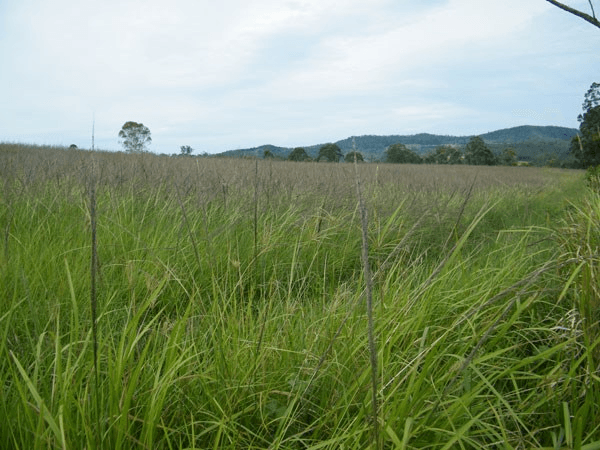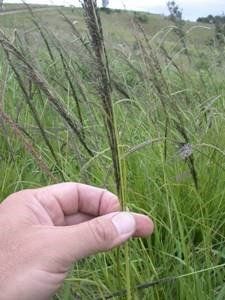Native Environment
Birds & Native Species
- You can help protect native species in your own backyard/property. Bring back native bees and birds by enhancing their habitat. Plant native shrubs, trees and flowers to bring bird life and bees into your garden or your property. Go natural and help give bees and local insects a helping hand by avoiding chemical pesticides and herbicides in your garden, consider using natural alternatives.
- Dogs - Ensure your dogs are kept on a leash in nature reserves or bushland where native animals are likely to be vulnerable. Landcare groups work on these sites to enhance the habitat of native animals to protect them.
- Keep cats locked inside overnight. Even well fed cats roaming at night hunt and kill possums and other small native mammals while birds are often targets at dawn and dusk when they are most active.
- Rakali (Australian Water Rat) - Native Water Rats are little creatures that live in our streams and creeks - co habitat with the platypus. They are important to our native environment as they eat cane toads. We should try to take care of these and keep them alive and not mistake them for rats and poison them.
Fireweed
Senecio Madagscariensis
Annual, or short lived perennial herb to 50cm high. Leaves bright green with uneven margins. Many small yellow daisy-like flowers from April to Sept with 13 petals.
Management: Easily pulled and bagged. Spray before seeds set. Amicide 625, Hotshot, Grazon extra, Bromocide 200.
If Slashing, Only Before Flowering
Safety Recommendations:
- Read and follow product instructions.
- Wear protective clothing, covering arms and legs – goggles, gloves and face mask to limit exposure – Spray and fumes may be harmful.
- Wash up carefully after mixing or spraying the product.
- Avoid using the product when it's windy as the spray can drift.
- To gain an understanding of all pest products you should speak to the local produce store.
Green Cestrum
Cestrum Parqui
Perrenial shrub up to 3m high. Shiny leaves 3cm wide and up to 10cm long with points at each end. Yellow trumpet-shaped flowers during late spring to autumn.
Management: Spray actively growing plants before flowering. Grazon Extra, Amitrole, Glyphosate, Tordon.
Safety Recommendations:
- Read and follow product instructions.
- Wear protective clothing, covering arms and legs – goggles, gloves and face mask to limit exposure – Spray and fumes may be harmful.
- Wash up carefully after mixing or spraying the product.
- Avoid using the product when it's windy as the spray can drift.
- To gain an understanding of all pest products you should speak to the local produce store.
Lantana
Lantana Camara
Sprawling shrub, usually to 3m high. Opposite leaves to 8cm long with toothed edges. Square stems with prickles. Flowers year round. Shiny, clustered berries.
Management: Spray before flowering. Glyphosphate Hotshot, Grazon, Starane, Amicide.
Safety Recommendations:
- Read and follow product instructions.
- Wear protective clothing, covering arms and legs – goggles, gloves and face mask to limit exposure – Spray and fumes may be harmful.
- Wash up carefully after mixing or spraying the product.
- Avoid using the product when it's windy as the spray can drift.
- To gain an understanding of all pest products you should speak to the local produce store.
Annual Ragweed
Ambrosia Artemisiifolia
Erect annual herb to 2m. Pale green leaves to 16cm long and 5cm wide. Yellow-green flowers in spikes (above right). Fruit to 3mm often has small spines.
Management: Spray before flowering. Amicide 625, Kamba 500, Glyphosate.
Safety Recommendations:
- Read and follow product instructions.
- Wear protective clothing, covering arms and legs – goggles, gloves and face mask to limit exposure – Spray and fumes may be harmful.
- Wash up carefully after mixing or spraying the product.
- Avoid using the product when it's windy as the spray can drift.
- To gain an understanding of all pest products you should speak to the local produce store.
Giant Rat’s Tail Grass
Sporobolus Pyramidalis & Natelensis
Robust, tufted perennial grass 1-1.7m high. The seed head can be up to 40cm long and 3cm wide. Seed heads change shape from a “rats tail” spike when young, to an elongated pyramid shape when flowering.
Management: Contact Biosecurity Queensland or Local Authority
Early identification essential - Easily sprayed
Spray Before seed sets. Taskforce, Glyphosate
Safety Recommendations:
- Read and follow product instructions.
- Wear protective clothing, covering arms and legs – goggles, gloves and face mask to limit exposure – Spray and fumes may be harmful.
- Wash up carefully after mixing or spraying the product.
- Avoid using the product when it's windy as the spray can drift.
- To gain an understanding of all pest products you should speak to the local produce store.
